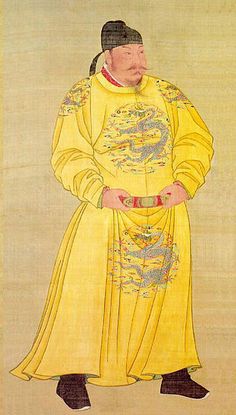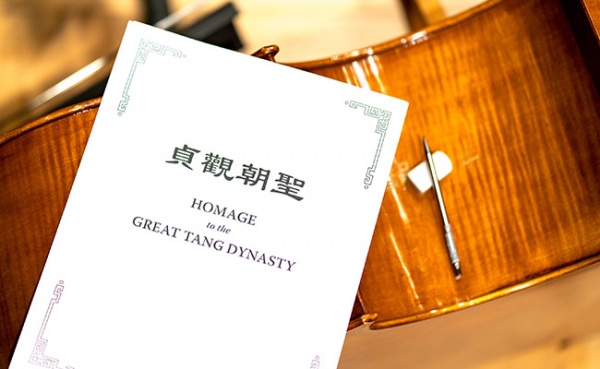Shen Yun Symphony Orchestra musicians are now playing their way across Taiwan and South Korea. Soon they’ll be revisiting Carnegie Hall and other top venues across North America. But before then, we’re here to give you an insider’s look at the 2018 program.
Each season, the Symphony Orchestra includes classical works by Western composers like Tchaikovsky and Dvořák. But the program’s core is a wide range of original compositions that integrate instruments from the East and West to depict the distinct beauty of traditional China.

Shen Yun composers find inspiration from different dynasties and age-old legends. Last season, composer Yu Deng wrote The Great Khan. A highlight of the 2017 program, the grand and dynamic piece depicted Kublai Khan, the founding emperor of the Yuan Dynasty, and his intrepid Mongolian warriors.
For the 2018 season, Deng arranged a composition about the Tang Dynasty.
“The Tang Dynasty reigned from the seventh to the tenth century, and was a truly splendid era,” said Deng, “And to depict the whole dynasty in under 10 minutes isn’t an easy job.”

Here’s a sneak peek at the new composition, Homage to the Great Tang Dynasty:
The orchestra’s rumbling introduction heralds the rise of a new Son of Heaven. In his youth, Tang Taizong had persuaded his father to rebel against the corrupt Sui Dynasty and establish the Tang Dynasty. Succeeding his father to become the dynasty’s second ruler, Emperor Taizong brought the Middle Kingdom to the heights of civilization in what is now considered China’s cultural golden age.
In this grand composition, themes shift constantly to mirror the speed of change under Taizong. Combative strains give way to a stately melody, and the striking of the gong brings us to the imperial palace. Foreign emissaries offer tribute as the pipa and erhu play melodies from far-off regions along the Silk Road. Next, dignified bells usher in the harmonies of ancient ritual music (yǎyuè, 雅樂) reserved for ceremonies honoring the heavens. The final resplendent themes express hope that the great Tang Dynasty will forever be honored by future generations.
Due to the heavy flow of foreign traders and envoys, Tang Dynasty music was heavily influenced by other cultures, especially western neighbors such as Persia and Arabia. Accordingly, some melodies found in Great Tang are written in the dunhuang style.
Dunhuang (敦煌) was a major outpost on crossroads of the Silk Road. Situated in an oasis on the westernmost frontier of China, it bore witness to abundant cultural exchange between the East and West. Shen Yun musicians find it enlightening to perform uniquely different compositions such as Great Tang, because they provide a window to experiencing the surprising differences between China’s dynasties.
In addition to premiering this new work featuring the Tang, the Symphony Orchestra is also presenting a piece from the Shen Yun 2018 dance production titled Tang Dynasty Training Ground. This was a male group dance portraying Tang soldiers as they prepare for battle under Emperor Taizong. Known for his military prowess, the emperor was often seen fighting in the vanguard alongside his troops. Martial rhythms from the strings symbolize the discipline and gallantry of the soldiers. In the middle section, a passionate pipa solo represents Taizong personally training a group of elite shieldsmen.
As a dance, Tang Dynasty Training Ground—filled with gripping techniques, seamless and compelling formation changes, and vigorous energy—was a much-loved part of Shen Yun 2018. As a composition, Training Ground remains one of the Symphony Orchestra musicians’ favorite pieces, and they are excited to share it with the audience in concert form.
Click here to listen to past Shen Yun Symphony Orchestra pieces:
The Great Khan
Dunhuang
Mongolian Bowls
Plum Blossom
This October, Shen Yun Symphony Orchestra revisits Carnegie Hall, Boston Symphony Hall, Chicago’s Symphony Center, and other top venues across North America. See the full schedule page for performance details.




